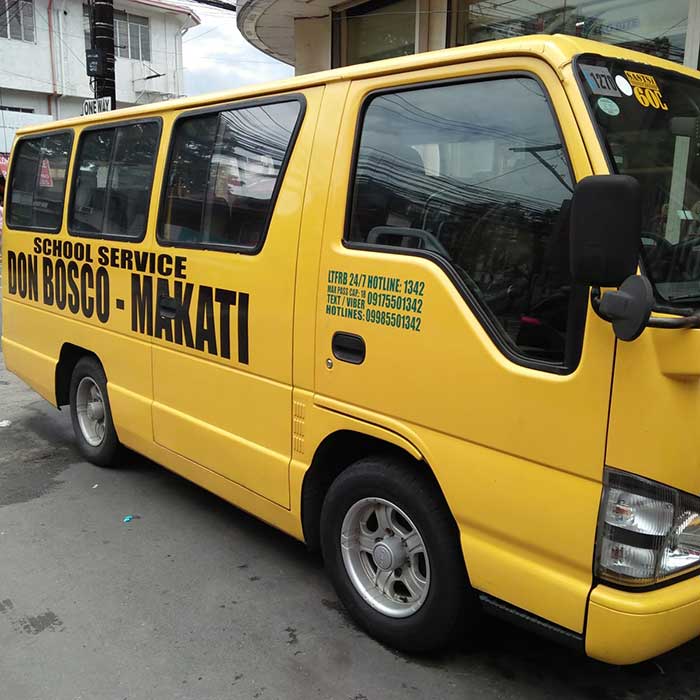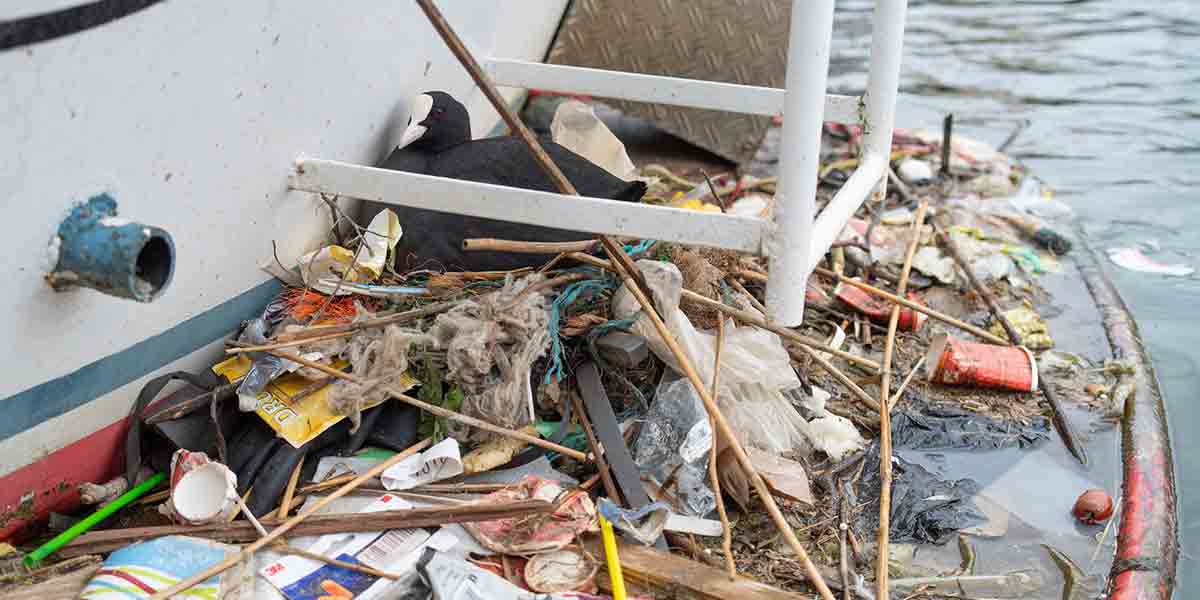
As various sectors gear up for the resumption of in-person classes on August 22, two public interest groups reminded school transportation service providers to solely use lead-safe yellow paints for their vehicles.
The Passenger Forum (TPF) and the EcoWaste Coalition reminded school bus operators, as well as owners of jeepneys, tricycles and pedicabs ferrying learners to schools, to seek out lead-safe paints when repainting or touching up their vehicles in preparation for the onset of face-to-face classes.
Last July 28, 2022, the Land Transportation Franchising and Regulatory Board (LTFRB) issued Memorandum Circular No. 2022-066 allowing certain school transport services to resume operations in anticipation of the school re-opening.
“Aside from charging reasonable service fees, operators of buses and other vehicles for transporting students to and from school should ensure a clean, hygienic and safe service. Among other things, school vehicles should be properly maintained and coated only with lead-free paints,” said Primo Morillo, Convenor of TPF, an advocacy group for commuters’ rights and mobility.
“Yellow paints used to repaint or touch up school vehicles should not pose lead-based paint hazards to young learners who are at higher risk of lead exposure. Even small doses of lead can harm a child’s brain and nervous system and result in lower IQ, poor school performance, inattentiveness, and aggressive behavior,” said Manny Calonzo, Adviser, EcoWaste Coalition.
Yellow has been identified as a mandatory color “to properly and easily identify school transport services and for the protection of (their) passengers,” as per LTFRB Memorandum Circular 2006-006.
A report released in 2021 by the EcoWaste Coalition in partnership with the International Pollutants Elimination Network (IPEN) found 21 of the 68 analyzed industrial paints in breach of the 90 part per million (ppm) total lead content limit for paints, including automotive paints.
Of the automotive acrylic, enamel and lacquer paints included in the study, 19 passed and five failed the 90 ppm limit. All the failed samples were yellow with lead concentrations ranging from 16,000 to 210,000 ppm.
Another EcoWaste study released in 2022 found 37 of 60 spray paints, which are often sold as touch-up paints for cars, motorbikes and bicycles, loaded with lead up to 97,100 ppm. Of the 37 leaded samples, 30 had extremely high lead levels in excess of 10,000 ppm and of these 30 samples, 23 had lead above 40,000 ppm.
Department of Environment and Natural Resources (DENR) Administrative Order 2013-24 established the 90 ppm total lead content limit for all paints, and further phased out lead-containing decorative paints in December 2016 and lead-containing industrial paints in December 2019.
According to the website of Australia’s Department of Climate Change, Energy, the Environment and Water, “lead enters the body when fine particles of lead in dust are swallowed, or when fumes or dust from synthetic enamels and lacquers from aerosols are breathed in.”
It warned that “dust generated by sanding and buffing is a major risk (as) it can settle in soil or household dust and become a constant health risk,” noting “there have been cases of children suffering lead poisoning from playing in soil contaminated by auto paint dust.”
In addition to preventing childhood lead poisoning, the manufacture and use of paints without lead additives will also reduce occupational exposures among factory workers, painters, sprayers and others involved in renovation, repainting, removal or demolition activities, the EcoWaste Coalition pointed out.
























